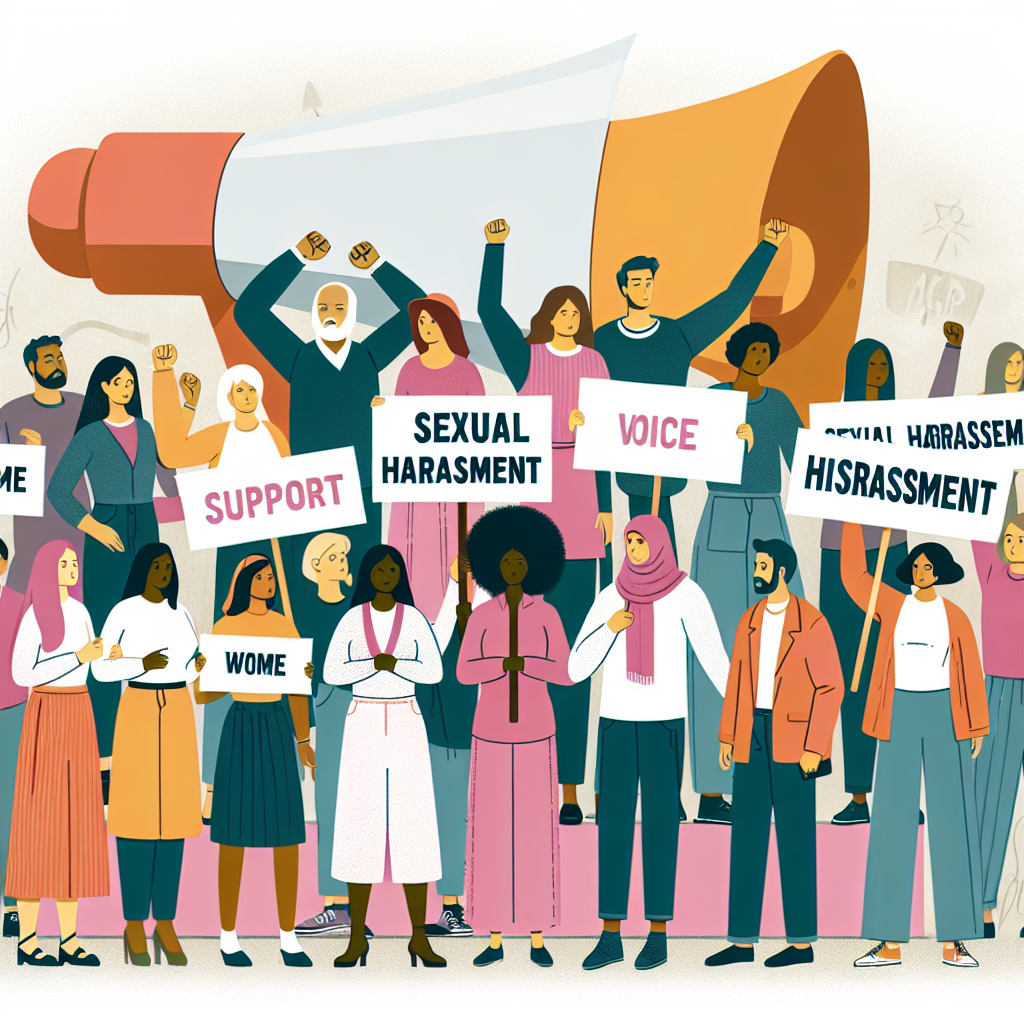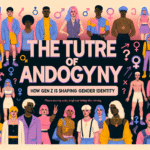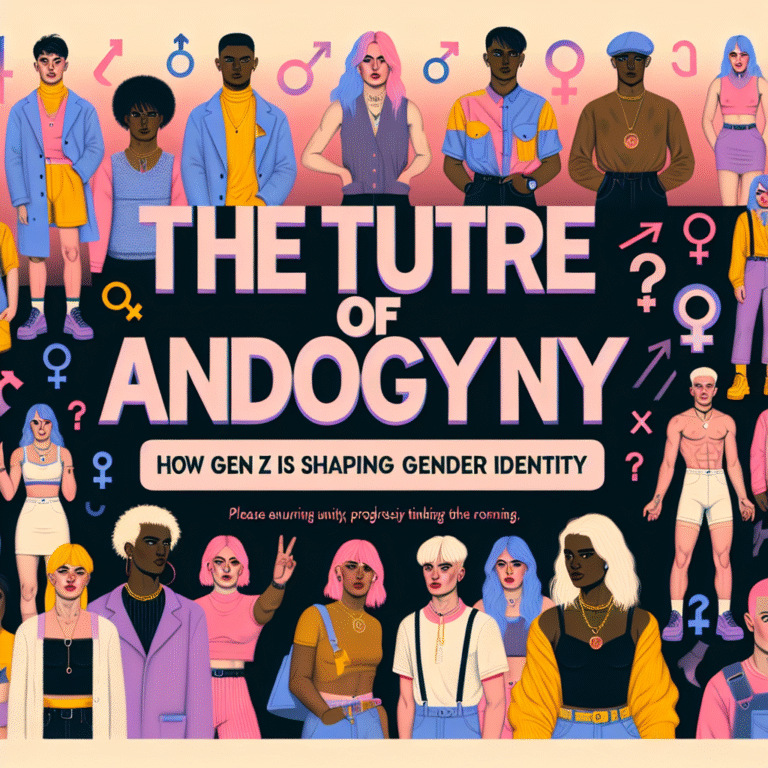
Introduction
In recent years, the conversation surrounding sexual harassment has evolved significantly, fueled by the courageous voices of survivors ready to reclaim their narratives. The movement toward transparency and accountability is not only reshaping attitudes but also instituting significant cultural changes across various sectors. Empowering Voices: How Survivors Are Changing the Conversation Around Sexual Harassment encapsulates a powerful shift from silence to dialogue, laced with resilience and hope. This article will delve into how survivors are leading this change, highlighting case studies, strategies for empowerment, and actionable insights for creating an inclusive environment where every voice matters.
Understanding the Landscape of Sexual Harassment
The Scope of the Issue
Sexual harassment is a pervasive issue that transcends boundaries—affecting individuals in workplaces, educational institutions, and beyond. Recent statistics reveal that one in three women experiences sexual harassment in their lifetime, alongside an alarming number of men who also face this misconduct.
| Statistic | Percentage |
|---|---|
| Women affected | 33% |
| Men affected | 15% |
| Underreporting rate | 80% |
As we can see, despite the prevalence of harassment, many incidents go unreported, largely due to fear, shame, and the stigma associated with speaking out. This analysis sets the stage for exploring how survivors are beginning to change the conversation.
Empowerment Through Visibility
The Power of Sharing Stories
One of the most impactful ways survivors have altered the conversation around sexual harassment is by sharing their stories. This act of courage not only serves as a cathartic release for the individuals involved, but it also resonates with countless others who may feel isolated in their experiences.
Case Study: The #MeToo Movement
Founded by activist Tarana Burke in 2006, the #MeToo movement exploded in popularity in late 2017, when celebrities began to share their experiences of sexual harassment and assault. The movement emphasized the shared nature of these experiences, urging women (and men) to come forward and declare "me too," thereby normalizing conversations about sexual harassment. It has empowered countless survivors to step into the light, encouraging demands for accountability from powerful figures.
Relevance: The #MeToo movement underscores the critical importance of visibility and collective action in combating harassment. It illustrates that when voices unite, they can shift societal norms and foster conversations that might otherwise remain hidden.
Building Support Systems
Creating Safe Spaces
Empowering survivors involves creating environments where they feel safe to express their experiences. Organizations are beginning to recognize the necessity of establishing such safe spaces—both physically and emotionally.
Key Strategies to Create Safe Spaces:
Robust Reporting Mechanisms: Establish clear reporting procedures that protect the anonymity and integrity of those coming forward.
Support Networks: Create peer support groups where survivors can connect and share experiences in a supportive environment, encouraging open dialogue.
- Training and Awareness: Implement training programs for all employees highlighting the importance of recognizing and preventing harassment.
Utilizing Technology for Change
Online Platforms as Amplifiers
In the digital age, social media has become a powerful tool in the fight against sexual harassment. Platforms like Twitter and Instagram have allowed survivors to share their narratives widely, reaching audiences that were previously unengaged.
Case Study: Online Campaigns
Campaigns like #TimesUp have garnered international attention, using social media to spread awareness about workplace harassment. These campaigns help to mobilize support and raise funds for legal defense for those fighting against harassment and discrimination.
Relevance: By leveraging technology, survivors can amplify their voices, reaching a global audience in a matter of moments. This shift has fundamentally changed how we discuss and confront issues of sexual harassment.
Legal Reforms and Advocacy
Driving Policy Change
Survivors are not just changing the conversation; they are also influencing legislation aimed at preventing harassment. Advocacy groups have lobbied for stricter laws regarding sexual harassment in workplaces and schools, leading to policy changes that reflect the need for accountability.
Case Study: The "Know Your Rights" Campaign
This initiative educated individuals on their rights in the workplace, providing clear guidelines on what constitutes sexual harassment and encouraging workers to speak out. As a result, many states have adopted measures that require companies to implement training programs and clearly defined reporting processes.
Relevance: This case highlights how informed individuals, empowered by knowledge and a supportive community, can drive legislative changes that protect future generations and foster a culture of accountability.
The Role of Employers in Support and Empowerment
Fostering a Culture of Respect
Employers play a crucial role in shaping the narrative around sexual harassment. By taking a proactive stance and prioritizing a respectful workplace culture, they can contribute to systemic change.
Best Practices for Employers:
Zero-Tolerance Policies: Enforce strict no-tolerance policies for harassment, ensuring that employees feel secure in reporting incidents.
Diversity and Inclusion Training: Regular workshops focused on inclusion encourage employees to understand diverse perspectives, leading to more empathetic workplace dynamics.
- Open Dialogue Channels: Create opportunities for conversations about harassment that involve employees at all levels. This encourages a culture where all voices—especially those of survivors—are heard and addressed.
The Importance of Intersectionality
Acknowledging Diverse Experiences
Not all survivors experience harassment in the same way; factors such as race, gender identity, sexual orientation, and socio-economic status can shape their experiences and responses to harassment. Addressing these differences is crucial for fostering genuine empathy and understanding.
Case Study: Racial and Gender Disparities
Research shows that women of color often face higher rates of harassment and may feel less empowered to report incidents due to systemic inequalities. Addressing these disparities requires an intersectional approach that considers the multitude of identities that shape an individual’s experience.
Relevance: By recognizing and valuing intersectionality, we can better support all survivors, acknowledging the complexities of their experiences and fostering an inclusive dialogue.
Conclusion
Empowering Voices: How Survivors Are Changing the Conversation Around Sexual Harassment is more than just a phrase—it’s a movement fueled by resilience, transparency, and the collective strength of those who refuse to remain silent. The narratives shared by survivors are shaping cultural norms, initiating legal changes, and fostering environments where everyone can speak freely.
As individuals, organizations, and communities, we must commit to supporting survivors’ voices in meaningful ways. By fostering safe spaces, utilizing technology, implementing policy changes, and committing to an intersectional approach, we all have the power to contribute to this much-needed transformation. Together, we can build a future where respect, dignity, and empowerment flourish.
FAQs
1. What constitutes sexual harassment?
Sexual harassment is defined as unsolicited, unwelcome behavior of a sexual nature that creates an intimidating, hostile, or offensive environment. This can include inappropriate comments, unwanted advances, or other behavior that undermines an individual’s dignity.
2. Why do survivors often hesitate to come forward?
Many survivors fear stigma, disbelief, retaliation from their abuser, or a lack of support. The fear of social repercussions often stops them from reporting incidents, perpetuating a cycle of silence.
3. How can organizations better support survivors?
Organizations can establish clear policies against harassment, offer training and education on the subject, and provide anonymous reporting options to encourage survivors to come forward.
4. What role does social media play in the discourse of sexual harassment?
Social media amplifies survivors’ voices, enabling them to share their stories widely and connect with larger communities. Campaigns can quickly gather momentum, inspiring global conversations about the need for change.
5. How can individuals be allies to survivors?
Being an ally involves actively listening, believing survivors, supporting their decisions, and advocating for systemic changes that promote safety and respect in various environments.
By embracing the empowerment of voices, we can forge a path toward a future free from harassment, fostering an unyielding culture of respect and togetherness. Let’s join forces to ensure that every voice is heard, valued, and honored.
















